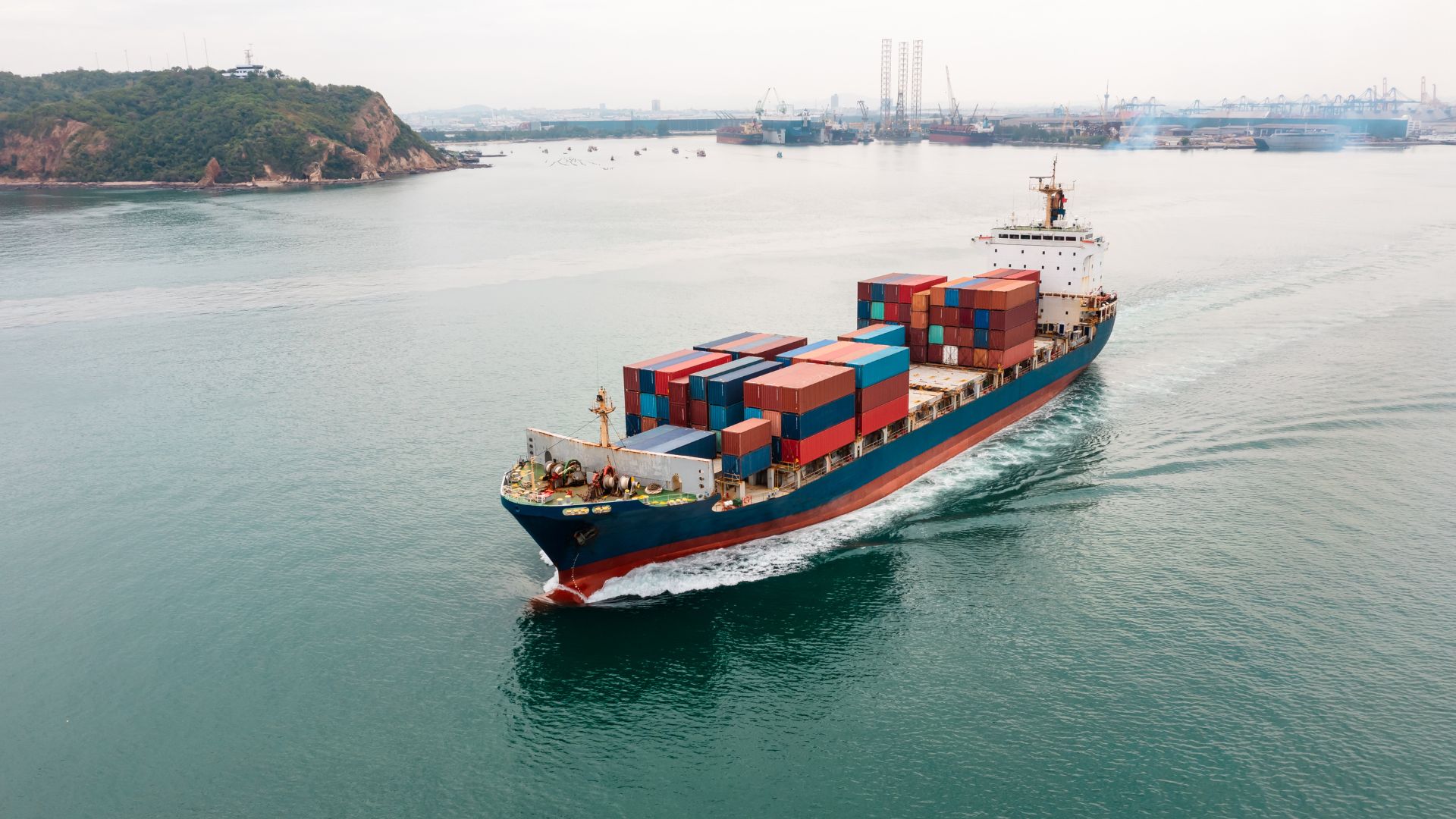In a world increasingly anxious about restricted global trade, digitalisation stands out as a quiet driver.
Digitalisation is not just about AI – before widespread AI adoption, it had already become essential to the production and movement of goods and services worldwide. One of the most exciting developments in recent times has been the boom in digital trade. Beyond the online purchase of physical goods, there has also been significant growth in services delivered digitally, such as entertainment services, financial services, and professional services. Among members of the Asia-Pacific Economic Cooperation (APEC), digital trade doubled between 2016 and 2020 and constituted 28% of APEC’s total intra-regional trade.[1] This represented more than 4% of regional GDP annually.[2]
Amid ongoing turbulence in trade relations, three developments in digital trade have provided a counterbalance and will continue to do so.
First, concerted efforts in trade digitalisation have been a big contributor. APEC economies have consistently worked to improve trade efficiency, especially through technological solutions like automated customs systems, electronic single windows, and other trade digitalisation initiatives. APEC economies are ahead of the rest of the world in implementing trade digitalisation measures – its average of 80% exceeds the global average of 59% based on the UN Global Survey on Digital and Sustainable Trade Facilitation’s Trade Digitalisation Index.[3]
Second, digital trade rules also play a key policy role. APEC economies have been instrumental in shaping modern digital trade rules. Some of the most forward-looking trade agreements focused on growing the digital economy and facilitating digital trade growth were signed among APEC economies.
In 2020, Chile, New Zealand, and Singapore negotiated the world’s first stand-alone digital economy agreement with the explicit aim of shaping global norms. Regional comprehensive trade agreements, such as the Comprehensive and Progressive Agreement for Trans-Pacific Partnership (CPTPP), also included various provisions aimed at facilitating digital trade flows. Our research finds a beneficial impact on digital trade. Our research indicates that provisions that came into force between 2000 and 2018 added around USD 40 billion, or a 2.9% increase, in digitally deliverable services trade in 2018.[4]
Third, economies themselves have become increasingly prepared for digital trade. As trade becomes more digital, existing digitalisation and skill levels determine the readiness of economies to keep abreast of the latest technologies and leverage them for trade. At Access Partnership, we developed an approach to empirically measure each economy’s level of digitalisation.[5] Overall, APEC economies saw a significant 43% rise in digitalisation, from 5.1% in 2000 to 7.2% in 2020.[6]
Importantly, our research shows that countries with higher digitalisation levels are better positioned to harness the benefits of digital trade, regardless of income level. As economies continue to execute digitalisation plans for both high-promise and lagging sectors, they can expect greater gains to come from trade in these areas. This bodes well for future trade participation.
Building on Putrajaya Vision 2040, more work is required to foster an inclusive environment and support equitable gains from trade. The recently concluded APEC 2024 summit saw leaders endorse the Lima Roadmap to Promote the Transition to the Formal and Global Economies (2025-2040).[7] The Roadmap provides an action plan to empower informal workers facing structural barriers to participate in the global economy – particularly pertinent given the large informal economy in multiple APEC economies.
Greater strides in both domestic policy and regional collaboration to build greater capacity are needed, especially in the areas of digital infrastructure, skills, and market access. By building on these positive developments and addressing remaining challenges, APEC can ensure that trade continues to be a powerful engine for economic growth in the region.
[1] Access Partnership estimate. https://www.apec.org/publications/2024/12/understanding-the-economic-impact-of-digitalisation-on-digital-trade–evidence-from-apec-economies
[2] Access Partnership estimate. https://www.apec.org/publications/2023/04/economic-impact-of-adopting-digital-trade-rules-evidence-from-apec-member-economies
[3] The Trade Digitalisation Index (TDI) specifically focuses on the 16 key measures tied to the digitalisation aspects of trade. https://unctad.org/news/advancing-digital-transformation-global-insights-digitalisation-trade-procedures
[4] https://www.apec.org/publications/2023/04/economic-impact-of-adopting-digital-trade-rules-evidence-from-apec-member-economies
[5] The level of digitalisation for each economy can be measured by its digital intensity, or the share of the economy’s intermediate and capital inputs that come from digital sectors. This approach is in contrast to existing studies which typically measure digitalisation through digital connectivity indicators such as the extent of internet access or usage. Such indicators are unable to provide a direct indication of the extent to which the business leverages digital tools to improve or transform the process of producing goods and services, which digital intensity attempts to measure.
[6] Access Partnership analysis. https://www.apec.org/publications/2024/12/understanding-the-economic-impact-of-digitalisation-on-digital-trade–evidence-from-apec-economies
[7] https://www.apec.org/meeting-papers/leaders-declarations/2024/2024-apec-leaders’-machu-picchu-declaration/lima-roadmap-to-promote-the-transition-to-the-formal-and-global-economies-(2025-2040)


Authors






